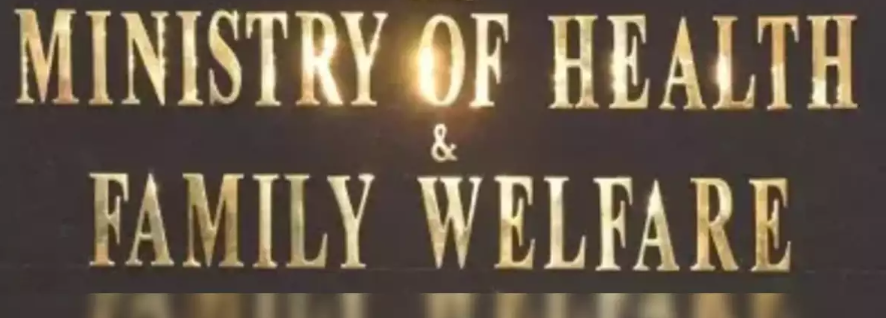Union Ministry of Health and Family Welfare
The Union Ministry of Health and Family Welfare (MoHFW) is a ministry of the Government of India responsible for formulating, implementing, and monitoring policies related to public health, medical education, and family welfare in India. The ministry aims to improve the health and well-being of the nation’s population through various programmes, schemes, and initiatives.
History
The Ministry of Health and Family Welfare was established in 1947 as the Ministry of Health, following India’s independence. In 1950, the ministry was renamed the Ministry of Health and Family Welfare to reflect its expanded scope and responsibilities. Over the years, the ministry has undergone several structural changes and has been instrumental in shaping India’s health policy and infrastructure.
Objectives and Functions
The primary objectives and functions of the Ministry of Health and Family Welfare include:
- Formulating and implementing national health policies, programmes, and schemes to improve public health and ensure access to quality healthcare services.
- Coordinating and supporting the activities of state governments and union territories in the implementation of health and family welfare programmes.
- Setting standards for medical education and regulating the establishment and functioning of medical colleges and institutions.
- Promoting research and development in the fields of health, medical sciences, and family welfare.
- Collaborating with international organizations, such as the World Health Organization (WHO) and UNICEF, to address global health challenges and share best practices.
- Collecting, analyzing, and disseminating health-related data and information to inform policy-making and programme planning.
Organizational Structure
The Ministry of Health and Family Welfare is headed by a cabinet minister, who is assisted by a minister of state. The administrative head of the ministry is the secretary, who is supported by additional secretaries, joint secretaries, and other officers. The ministry has several departments and divisions, each responsible for specific aspects of health and family welfare, such as public health, medical education, family welfare, and health research.
Key Programmes and Initiatives
The Ministry of Health and Family Welfare has launched several programmes and initiatives to address various public health challenges and improve the overall health status of the population, including:
- National Health Mission (NHM): Launched in 2013, NHM is an overarching programme that encompasses the National Rural Health Mission (NRHM) and the National Urban Health Mission (NUHM), aiming to provide accessible, affordable, and quality healthcare services to all citizens, especially the vulnerable and marginalized populations.
- Pradhan Mantri Jan Arogya Yojana (PM-JAY): Launched in 2018 as part of the Ayushman Bharat initiative, PM-JAY is the world’s largest health insurance scheme, providing cashless secondary and tertiary care hospitalization coverage of up to Rs. 5 lakh per family per year to over 10 crore poor and vulnerable families.
- Reproductive, Maternal, Newborn, Child, and Adolescent Health (RMNCH+A) Strategy: Launched in 2013, the RMNCH+A strategy aims to improve maternal and child health outcomes by providing a continuum of care from preconception to adolescence, with a focus on high-impact interventions and service delivery.
- National AIDS Control Programme (NACP): Launched in 1992, NACP aims to prevent the spread of HIV/AIDS, provide care and support to those affected, and reduce the social and economic impact of the epidemic through a comprehensive, multi-sectoral approach.
- National Tuberculosis Elimination Programme (NTEP): Launched in 1962 as the National TB Control Programme and renamed in 2020, NTEP aims to eliminate tuberculosis in India by 2025 through early diagnosis, treatment, and prevention efforts, in line with the global End TB Strategy.
Autonomous Institutions and Public Sector Undertakings
The Ministry of Health and Family Welfare has several autonomous institutions and public sector undertakings under its administrative control, including:
- All India Institute of Medical Sciences (AIIMS): A group of autonomous public medical universities and research institutes that serve as centers of excellence in medical education, research, and patient care.
- Indian Council of Medical Research (ICMR): The apex body for the formulation, coordination, and promotion of biomedical research in India, responsible for setting research priorities, providing funding, and promoting the application of research findings to improve public health.
- National Board of Examinations (NBE): An autonomous organization that conducts postgraduate medical examinations and grants degrees, diplomas, and fellowships in various medical specialties and super-specialties.
- HLL Lifecare Limited: A Miniratna public sector undertaking that manufactures and supplies a wide range of healthcare products, including contraceptives, vaccines, and hospital equipment, and provides healthcare services through its network of hospitals and clinics.


